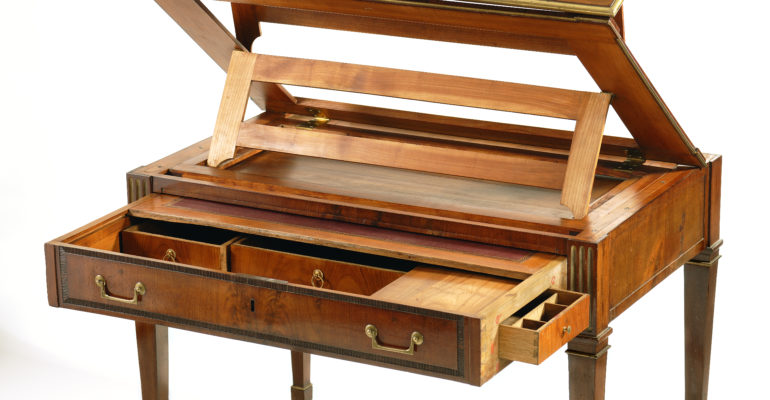
Thrilling victory: Habtoor Polo
The thrilling Gold Cup finals kicked off with Dubai Wolves...

The thrilling Gold Cup finals kicked off with Dubai Wolves...
Traditionally, the Silver Cup, held at handicap level 20, marks...
25.000 of spectators who strolled through the PoloVillage, enjoyed the...
Fashion is fast-moving, collections change with the seasons and often...
Dermatologists and cosmetic studios have been successfully offering light therapy...
Working in the United States, emerging democracies, and democracies in-conflict...
The thrilling Gold Cup finals kicked off with Dubai Wolves by CAFU securing the..
Read More25.000 of spectators who strolled through the PoloVillage, enjoyed the exclusive atmosphere and..
Read MoreFashion is fast-moving, collections change with the seasons and often even..
Read MoreDermatologists and cosmetic studios have been successfully offering light therapy as a skin treatment..
Read MoreA modern maharaja: blending tradition and progress. His Highness Sawai Padmanabh Singh, the 303rd..
Read MoreThe Rolls-Royce La Rose Noire, an extraordinary motor car, presented to the clients who..
Read More
The antique furniture market has changed. Cabinets, chests of drawers, chairs and tables in Biedermeier, Baroque or Rococo styles were sought after, and antique dealers asked for many years soaring prices even for average pieces. As a result, period furniture has long been regarded as a good and sustainable investment. But the market has changed fundamentally. The Rococo chest of drawers, which was once bought for 25,000 Euros, generates with some luck 2,500 Euros today and for the Biedermeier table with six chairs, in excellent condition, the market only makes one-tenth of its originally paid purchase price.
Many established antique dealers and auction houses in Germany, England, France or the Netherlands have given up. To speak of a general crisis on the antique market would still be wrong. Interna- tional collectors are happily prepared to pay the highest prices for pieces of extraordinary provenance and origin. This applies to antique period furniture and now also for modern classics.
In fact, many people were willing to pay large sums for antiques and old furniture until the eighties. In combination with rare porcelain, paintings and high-quality carpets, even me- dium-sized companies secured in this way an equally stylish and at the same time prestig- ious investment. Those who could afford it often set up complete rooms with great atten- tion to detail in a specific style. Given the high demand, the market was almost dried up and the price trend was steadily rising even in case of rather average pieces.
But the taste of time has changed. The devel-opment leads away from gold-rimmed rococochests and extravagant baroque tables to an interior dominated by straight forms and strict lines. Construction classics and furniture by designers such as Jean-Michel Frank, but alsoCharles and Ray Eames and Paul Evans appealto consumers today.
And this trend cannot only be seen in the generation of heirs who wantsto get rid of the period furniture, which was once purchased by their parents for a lot of money. The generation of 55 to 70-year-olds, manyof whom even have bought period furniture, often turn to the new tasteof time and separate from the once high-paid antiques.
More and more antiques, which were once a sign that one belonged to the upper middle class, enter the market and create an overabundance in the segment of good to average antiques. The oversupply and the low demand for solely good period furniture let the prices hit rock bot- tom.
On the other hand, those who, for example, have purchased or inherited a piece of furniture by the cabinetmaker David Roentgen (1743 – 1807)years ago, may be lucky. For pieces in good condition, six-figure sums and more are being paid on the international art market. For extraordi-nary pieces from the workshop of Roentgen ‘bitten’ collectors are readyto pay unimaginable prices. This is evidenced by the sale of a cassette desk made by David Roentgen for the Russian Empress Catherine the Great. A customer of the Parisian gallery Kugel was prepared to pay the record sum of 8.7 million dollars for this brilliantly crafted piece with an outstandingly representative provenance.
Particularly attractive for traders, albeit in a completely different seg- ment, are buyers from the Asian region, from Russia and the super-rich from the emerging economies, which despite political turmoil in many states still have enough reserves. The aforementioned and the passion- ate antique collectors have one thing in common, they have a lot of money and they are willing to spend large sums of money to fulfil their wishes.
But unlike the passionate international collectors, whose interest is aimed only at art-historically valuable pieces, the purchase decision of the other group is based on the principle that the size of one’s wallet should be readable in the appearance of the antique. Opulent chandeliers made of hand-polished crystal, which can cost a half million per piece, striking life-size sculptures made of Carrara mar- ble or bronze, a Newton dining table or a chest of drawers overloadedwith real gold decorations, which elicits a ‘wow’ from the beholder rightaway and shows his owner as a rich man at first sight. The factor of art historically valuable or outstanding craftsmanship is not in the focus of this buyer segment.
Golden times to buy
Designer furniture and a largely minimalist home decor are in vogue today. But it is pre- cisely the combination of modern furniture with individual selected antique pieces that has a charm that should not be underesti- mated. In technical jargon, this style is called ‘crossover’.
The oversupply on the market is an ideal op- portunity for those who have always wanted to buy an antique. However, the prospect should not access blindly. The purchase deci- sion should not be guided by supposedly low prices, but by a realistic assessment of quality. If the furniture has been restored or refur- bished, this must be 100% authentic and tech-nically correct. Even with a low-cost price, youshould not have too elevated expectations in terms of value. The fashions at the antique market are too changeable. Therefore, you should only buy what you like.
Pay attention to the quality of the purchase! This is especially worthwhile for those who combine antique furniture with modern furnishings.

The thrilling Gold Cup finals kicked off with Dubai Wolves by CAFU securing the initial

Traditionally, the Silver Cup, held at handicap level 20, marks the start of the Dubai

25.000 of spectators who strolled through the PoloVillage, enjoyed the exclusive atmosphere and soaked up
[user_registration_form id=”9713″]
Membership as a POLO & LUXURY Insider is free.
POLO & LUXURY do not share your data with third parties.
[user_registration_my_account redirect_url=”my-account”]